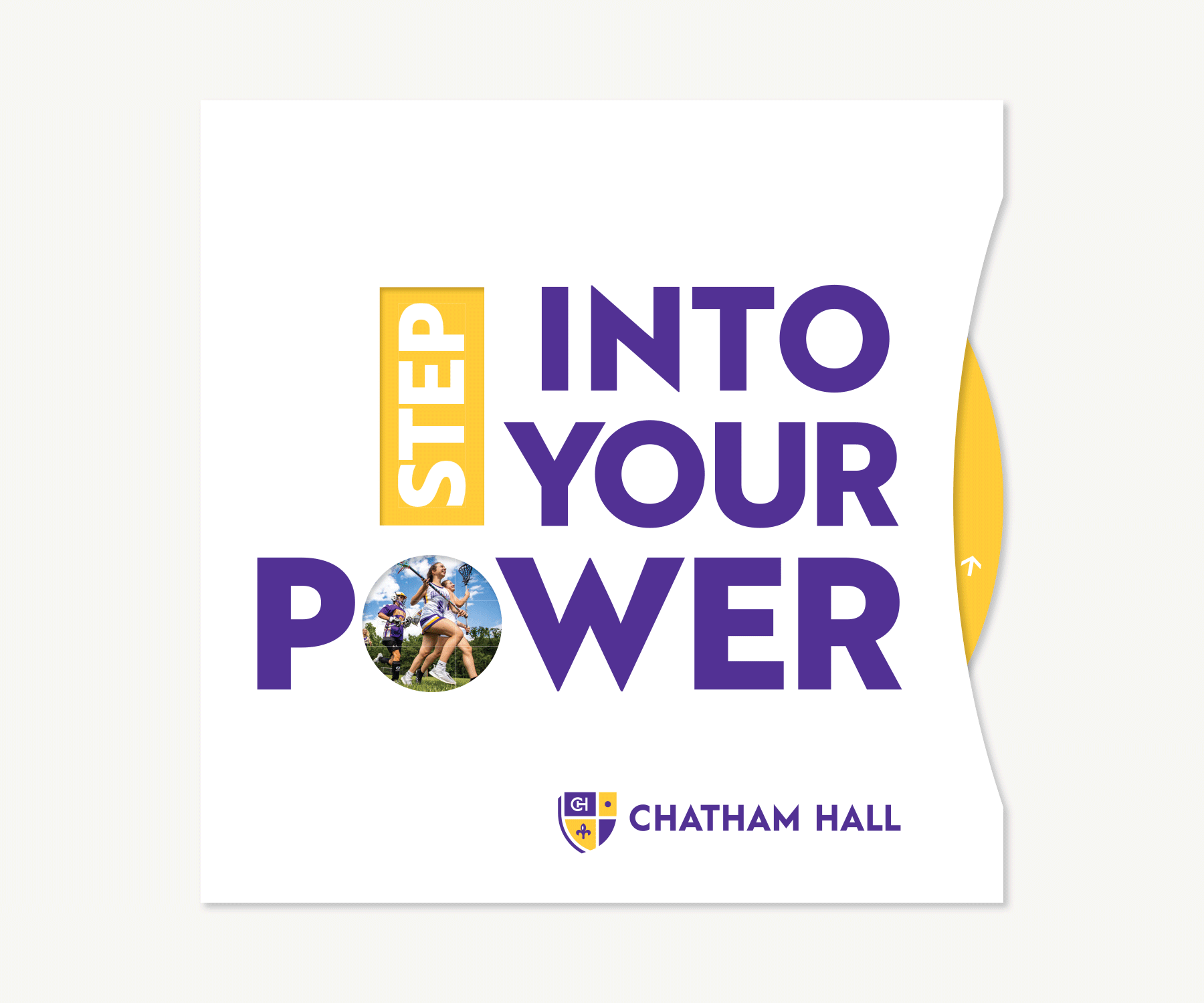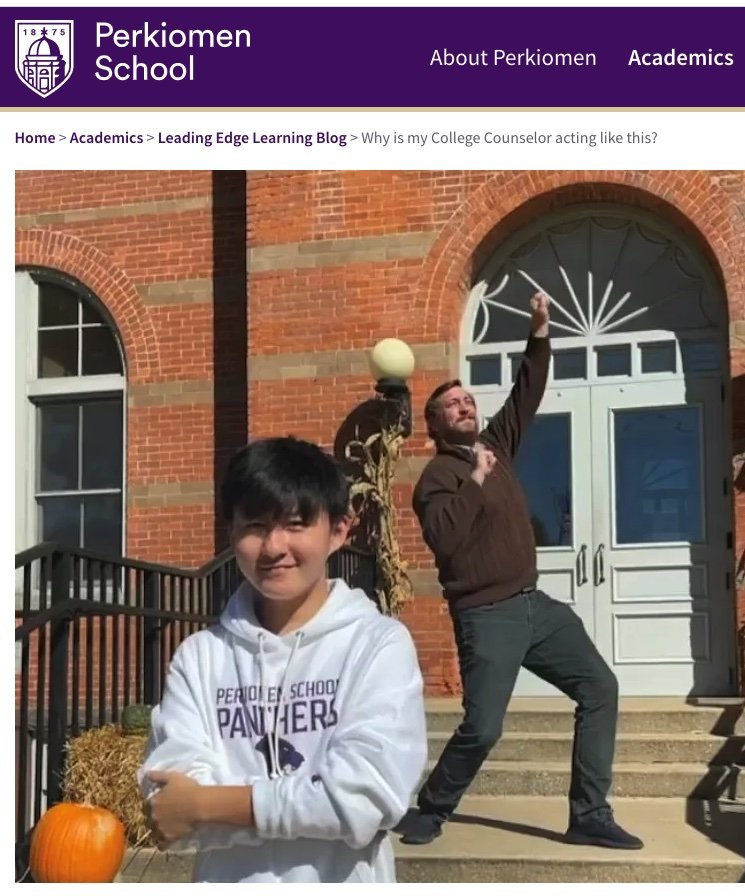How to Create Award-Winning Magazine Covers : The Peck School
/Chosen because The Peck School won Silver for Magazine Cover Design in the 2023 Brilliance Awards. Heather Burchfield, Director of Strategic Communications & Marketing, talks with InspirED about how these covers became award-winners.
“The Peck magazine covers fully involve participants in both creation and experience, and the result is genuine and meaningful.”
Step 1: Establish Goals
“Our goal for our magazine covers has been to represent the theme well, entice readers to want to open the issue, and make the magazines more interactive. ”
Step 2: Be Small. Think Big.
The Peck School is a K-8 day school in Morristown, New Jersey.
“Don’t think just because you are a small shop, or you have a small budget, you can’t do creative covers,” says Heather.
She advises small schools to use their print house to suggest cover treatments and supply samples of creative ideas. Also, use the in-house creativity of your school’s administration, faculty, and staff. “You never know where inspiration will strike!” she says.
Step 3: Treat Each Cover Differently
Childhood | Honored Cover
For the “Childhood | Honored” (kindergarten) cover, the strategy was to present the issue as an inclusive effort that celebrates the individuality of Peck’s youngest students. So they asked them to create the art.
Peck partnered with homeroom teachers about content as well as cover design. Then they met with kindergarten students to let them know they would create a self-portrait collage. Each student received a template on which to draw and write their name, and their prompt was: Draw yourself as a Peck student.
The drawings were digitized and, with the magazine’s art director, the team created a “Where’s Waldo”-esque collage that fills front and back print spaces. “We directed our printers to apply a silkscreen spot texture UV to the drawings for a tactile, crayon-drawing-like feel,” says Heather.
They allotted approximately two weeks for teachers to distribute and collect the templates, a week for digitizing the art, and a week to create the design.
Creativity | Reimagined Cover
The goal of the “arts” cover was to create an interactive cover that reflects the program’s philosophy about uniqueness and collaborativeness in art. Peck’s art teachers are known to say “Art is a conversation, and everyone has a voice.” The Eames’ House of Cards concept arose from a planning meeting that included Peck’s K-4 art teacher.
“We decided to create double-sided art cards to feature student artwork and photography of art classes and events across K-8,” says Heather. They featured one project per grade and multiple projects per discipline including visual/sculptural arts, theater, music, and woodworking.
Peck’s art director and print house collaborated on the template for the flyout — the perforated area with the slitted cards. They then chose the lion “card art” as the front-facing cover in keeping with Peck’s mascot — a pride of lions.
The timeframe was approximately 4 to 5 weeks to collaborate with the arts department to suggest and select the featured art and then collect and photograph the pieces for the cards.
Step 4: Consider Budget
The overall printing budget for each issue is about $12,000. The arts issue exceeded this budget slightly because of the cover’s flyout and perforated cards. If the budget permitted, Peck would have coated the arts issue cards for greater durability.
Step 5: Get Outside Help
Heather says, “We partner with an art director for layout and design, which allows us to access fresh perspective and collaboration with an industry professional as well as bandwidth for production.” For the arts issue, Peck also partnered with an outside proofreader for deeper content and copyediting and, again, to conserve office bandwidth.
Step 6: Garner Praise from the School Community
“The kindergarten issue garnered more positive feedback than we have ever gotten for an issue of the magazine before, both verbally and by email.”
To further promotion, Peck returned each kindergartner’s original drawing to their parents with an extra copy of the magazine, resulting in greater direct (and positive!) feedback.
In addition, Peck’s Head of School shared that one day he came home to see his three children pouring over the magazine at the kitchen table. When he approached, he exclaimed, “Why are you coloring all over the Peck News!?” He quickly realized his mistake and was delighted by how much his children enjoyed the issue. (One of his children was in kindergarten at the time.)
The arts issue resulted in positive feedback, however, Peck finds they generally get less feedback on the Spring/Summer issue based purely on timing.
Step 7: Garner Praise from Colleagues Around the Globe
“...Another plays on the Eames’ ‘House of Cards.’ Not only was this idea relevant to the concept of ‘art for all,’ but it also invited readers to fully engage with the art and images — an interactive cover.”
“Producing a magazine is a huge undertaking,” says Heather. “In general, marketing and communications teams get very little feedback on them. Getting acknowledgment and recognition from our peers in the industry validates all of our hard work and ideas.”
Congratulations, The Peck School! You are brilliant!
TEAM
Heather Burchfield
Jen Cleary
Bruce Hanson, EGADS
Did you win a Brilliance Award and want to be featured on the By Example case study blog? Send in your questionnaire or ask Liza for another one to get the process started.
Want more brilliant ideas and brain food to make your job easier? Sign up here.

























![How To Create An Award-Winning [Anniversary] Magazine: Cardigan Mountain School](https://images.squarespace-cdn.com/content/v1/57532abf27d4bd17be970a61/1648569270513-JR73OVUH159CUU8B5CU9/14Cardigan.jpg)










